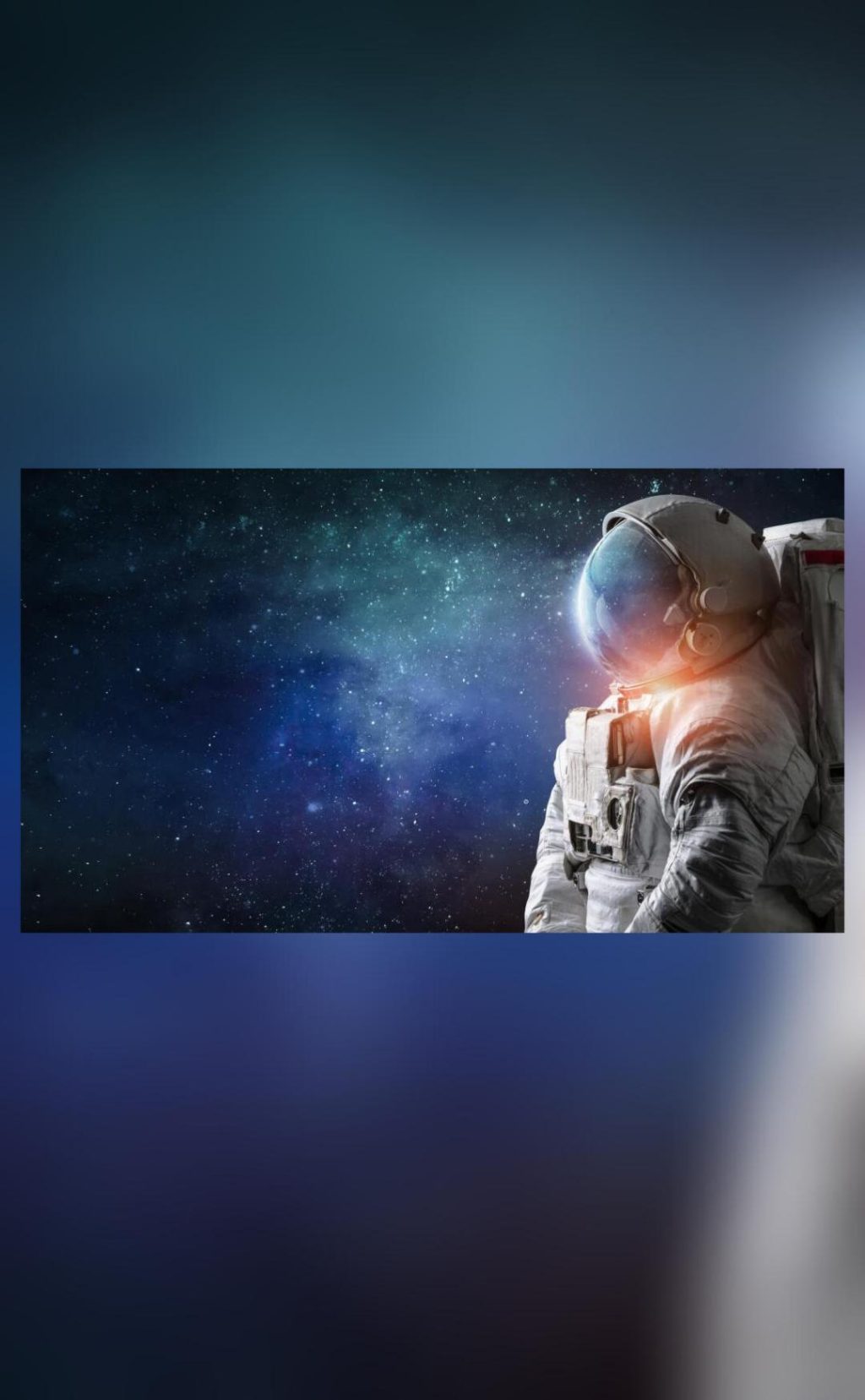
Google & NASA Create AI Medical Assistant for Mars Missions
As NASA prepares for its ambitious plans to send humans to Mars in the coming years, the agency is also working to ensure the health and well-being of its astronauts. In a significant breakthrough, NASA has collaborated with Google to develop an AI-powered medical assistant that can diagnose and treat medical conditions in space. The Crew Medical Officer Digital Assistant (CMO-DA) is a groundbreaking technology that can process speech, text, and images to provide accurate diagnoses and treatment recommendations.
The CMO-DA is a multimodal system that runs on Google Cloud’s Vertex AI platform. This cutting-edge technology is designed to assist astronauts in diagnosing and managing medical conditions in space, where access to medical expertise may be limited. The system has been tested extensively and has achieved impressive diagnostic accuracy rates of 88% for ankle injuries and 80% for ear pain.
The collaboration between NASA and Google is a significant step forward in the development of AI-powered medical assistants for space missions. With the CMO-DA, astronauts can receive timely and accurate medical care, even in the most remote and challenging environments. This technology has the potential to revolutionize the way medical care is delivered in space, enabling astronauts to receive high-quality care that is tailored to their specific needs.
The CMO-DA is designed to assist astronauts in a variety of ways. The system can process natural language queries, allowing astronauts to ask questions and receive answers in a conversational manner. The system can also analyze medical images, such as X-rays and MRIs, to diagnose conditions and provide treatment recommendations. Additionally, the CMO-DA can provide personalized health and wellness advice, helping astronauts to maintain their overall health and well-being during long-duration space missions.
The development of the CMO-DA is the result of a close collaboration between NASA and Google. The two organizations worked together to design and test the system, using a combination of machine learning algorithms and medical expertise to develop a system that is both accurate and effective.
The CMO-DA has been tested extensively, with a team of medical professionals and astronauts evaluating its performance in a variety of scenarios. The system has been shown to be highly effective in diagnosing and managing medical conditions, and has achieved impressive diagnostic accuracy rates.
The development of the CMO-DA is an important step forward in the development of AI-powered medical assistants for space missions. As NASA prepares for its ambitious plans to send humans to Mars, the agency is working to ensure that its astronauts receive the best possible care. The CMO-DA is an important tool in this effort, providing astronauts with access to high-quality medical care that is tailored to their specific needs.
The CMO-DA is not just limited to space missions. This technology has the potential to be used in a variety of settings, including emergency departments, clinics, and hospitals. The system’s ability to process natural language queries, analyze medical images, and provide personalized health and wellness advice makes it an attractive solution for healthcare providers looking to improve patient care.
In conclusion, the development of the CMO-DA is a significant breakthrough in the development of AI-powered medical assistants for space missions. This technology has the potential to revolutionize the way medical care is delivered in space, enabling astronauts to receive high-quality care that is tailored to their specific needs. The CMO-DA is an important tool in NASA’s efforts to ensure the health and well-being of its astronauts, and has the potential to be used in a variety of settings beyond space missions.






